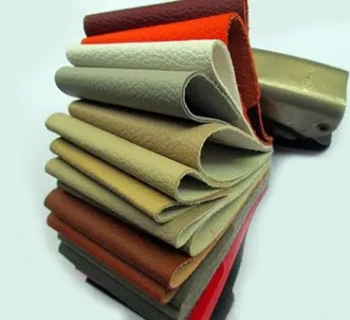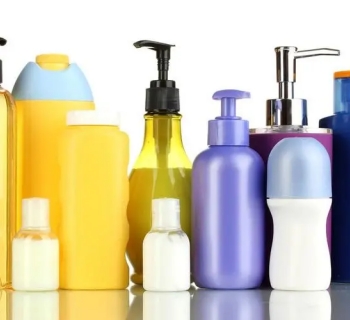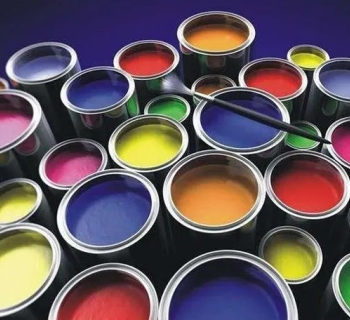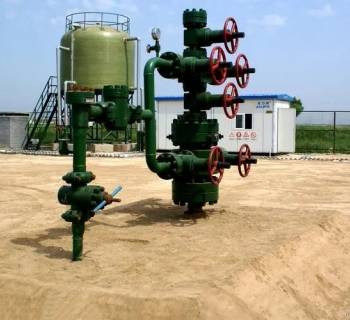Penetrating agent JFC-U is a powerful surfactant that enhances the wetting, emulsifying, and dispersing capabilities of various formulations. Its unique chemical structure and properties allow it to penetrate deeply into surfaces, improving the overall effectiveness of cleaning and treatment processes. JFC-U stands for its generic category and specific function, making it a versatile component in various industries such as cosmetics, personal care products, and industrial cleaning.
The appearance of JFC-U is transparent or milky white liquid to white paste.
Its cloud point is approximately 40-50 ℃, and its HLB value is between 11.5-12.5.
The solid content reaches 100% and its pH value is maintained between 5.0-7.0 at 25 ℃ and 1% concentration.
Technical Parameter of Penetrating Agent JFC-U
Product Name | Cloud point | HLB | pH | Appearance |
Penetrating agent JFC-U | 40-50 | 11.5-12.5 | 5.0-7.0 | Transparent or milky liquid to white paste |
Textile industry:
In the pre-treatment process of textiles, JFC-U can serve as a penetrating agent to help dyes and other chemicals better penetrate into fibers, thereby improving the uniformity and depth of dyeing.
It can increase the wettability and softness of the fabric, and improve the texture of the fabric.
In the textile processing, JFC-U can also be used as an anti-static agent to reduce the accumulation of static electricity in fabrics.

JFC-U used in the textile industry
Leather industry:
JFC-U can improve the permeability and softness of leather, making it easier to process and organize.
During the dyeing and finishing process of leather, it helps to achieve a uniform distribution of dyes and finishing agents, making the leather look more aesthetically pleasing.

JFC-U used in the leather industry
Cosmetics and personal care products:
JFC-U can be used as emulsifier or stabilizer to prepare personal care products such as lotion, cream and shampoo.
It can increase the stability and wettability of the product, making it easier to apply and absorb.

JFC-U is used for cosmetics and personal care products
Coatings and Paints:
JFC-U can improve the wettability and permeability of coatings and paints, making them easier to apply on substrates.
It can also improve the leveling and glossiness of coatings and paints, making the coating more aesthetically pleasing and long-lasting.

JFC-U is used for coatings and paints
Oil and Gas Industry:
In the process of oil extraction, JFC-U can serve as an oil displacement agent to help improve oil recovery.
In natural gas treatment, it can serve as a surfactant to help remove impurities and moisture from natural gas.

JFC-U is used in the oil and gas industry
Other industrial applications:
JFC-U can also be used to prepare industrial chemicals such as detergents, emulsifiers, dispersants, etc.
In certain specific chemical reactions, it can serve as a catalyst or co catalyst to promote the progress of the reaction.

Company Profile
NANOTRUN(www.rboschco.com) is a trusted global chemical material supplier & manufacturer with over 12-year-experience in providing super high-quality chemicals and nanomaterials, including boride powder, nitride powder, graphite powder, sulfide powder, 3D printing powder, etc.
The company has a professional technical department and Quality Supervision Department, a well-equipped laboratory, and equipped with advanced testing equipment and after-sales customer service center.
If you are looking for high-quality Penetrating Agent JFC-U, please feel free to contact us or click on the needed products to send an inquiry.
Payment Term
L/C, T/T, Western Union, Paypal, Credit Card etc.

Shipment Term
By sea, by air, by express, as customers request.
Storage Conditions:
Temperature control:
JFC-U should be stored in a cool and well ventilated place, away from direct sunlight.
The recommended storage temp range is 5 ° C to 30 ° C (41 ° F to 86 ° F) to prevent changes in chemical properties.
Avoid exposure to high or low temperature environments, as this may cause product clumping, separation, or accelerate its decomposition.
Humidity control:
Maintain a moderate relative humidity in the storage environment to prevent the product from absorbing moisture or becoming damp.
High humidity may cause product clumping or hydrolysis reactions.
Light protection:
Avoid prolonged direct exposure to strong light, as ultraviolet radiation may cause chemical degradation.
Store in opaque or opaque containers to prevent light from penetrating.
Physical protection:
Storage containers should be well sealed to prevent oxygen, moisture, or other pollutants from entering the air.
Avoid physical stimuli such as vibration or heavy pressure to prevent packaging damage or product leakage.
Compatibility check:
Before storage, ensure that JFC-U is compatible with the containers and sealing materials used.
Incompatible materials may cause product decomposition or container leakage.
Inventory management:
Implement the inventory management principle of "first in, first out" (FIFO) to ensure that products purchased first are used first.
Regularly check inventory to ensure that products are used within their expiration date.
Q1
What are the unique chemical properties of JFC-U as a penetrating agent that give it superior penetration performance?
Re:As a penetrating agent, JFC-U's unique chemical properties mainly stem from the balance between polar and non-polar groups in its molecular structure. This balance allows JFC-U to interact with both water molecules and hydrophobic target substances. Polar groups make JFC-U easily soluble in water, while non-polar groups allow it to penetrate into hydrophobic substances. In addition, the branched and flexible segments in the molecular structure of JFC-U also facilitate its penetration into small gaps and irregular surfaces.
Q2
What are the significant advantages or characteristics of JFC-U compared to other common penetrating agents?
Re:Compared with other common penetrating agents, JFC-U has some significant advantages and characteristics. Firstly, JFC-U has a lower surface tension and can better wet and penetrate the surface of the target substance. Secondly, JFC-U has a fast penetration rate and can achieve penetration effects in a short period of time. In addition, JFC-U also has high stability and temperature resistance, which can maintain stable penetration performance under different environmental conditions. Finally, JFC-U has lower toxicity and less impact on the environment and human health.
Q3
How to adjust the dosage of JFC-U in practical applications to achieve the best penetration effect?
Re:In practical application, adjusting the dosage of JFC-U to achieve the best penetration effect requires comprehensive consideration according to specific application scenarios and the properties of target substances. Generally speaking, the optimal dosage of JFC-U can be determined through experimentation or experience. In the initial stage, it is possible to start with a small dosage and gradually increase the dosage to observe changes in the permeation effect. At the same time, other factors such as temperature, pressure, and processing time need to be considered to better adjust the dosage of JFC-U.
Q4
What are the stability and shelf life of JFC-U, and what factors can affect its performance?
Re:The stability and shelf life of JFC-U depend on its chemical structure and storage conditions. Under appropriate storage conditions, such as avoiding high temperatures and humidity, JFC-U can maintain stability for a longer period of time. However, some factors may affect its performance, such as exposure to unsuitable temperatures, reactions with certain chemicals, and decomposition caused by long-term storage. Therefore, in order to maintain the performance of JFC-U, it is recommended to store it in a cool, dry, and ventilated place, and avoid contact with incompatible chemicals.
Q5
How to evaluate the biodegradability and environmental safety of JFC-U?
Re:Evaluating the biodegradability and environmental safety of JFC-U requires a series of experiments and evaluations. Firstly, the degradation rate and degree of JFC-U in the natural environment can be determined through biodegradation experiments. This usually involves using microbial culture experiments to observe the degradation of JFC-U under microbial action. Secondly, it is necessary to conduct an environmental safety assessment, including studying the impact of JFC-U on aquatic organisms, soil microorganisms, and other biological communities, as well as its long-term impact on the ecological environment. In addition, it is necessary to evaluate the residual situation and migration and transformation patterns of JFC-U in the environment in order to comprehensively evaluate its environmental safety.
| Other Names | N/A |
| CAS No. | N/A |
| Compound Formula | N/A |
| Molecular Weight | N/A |
| Appearance | Transparent or milky liquid to white paste |
| Melting Point | N/A |
| Boiling Point | N/A |
| Density | N/A |
| Solubility in H2O | N/A |
| Exact Mass | N/A |
Penetrating agent JFC-U Health & Safety Information | |
| Signal Word | N/A |
| Hazard Statements | N/A |
| Hazard Codes | N/A |
| Risk Codes | N/A |
| Safety Statements | N/A |
| Transport Information | N/A |




